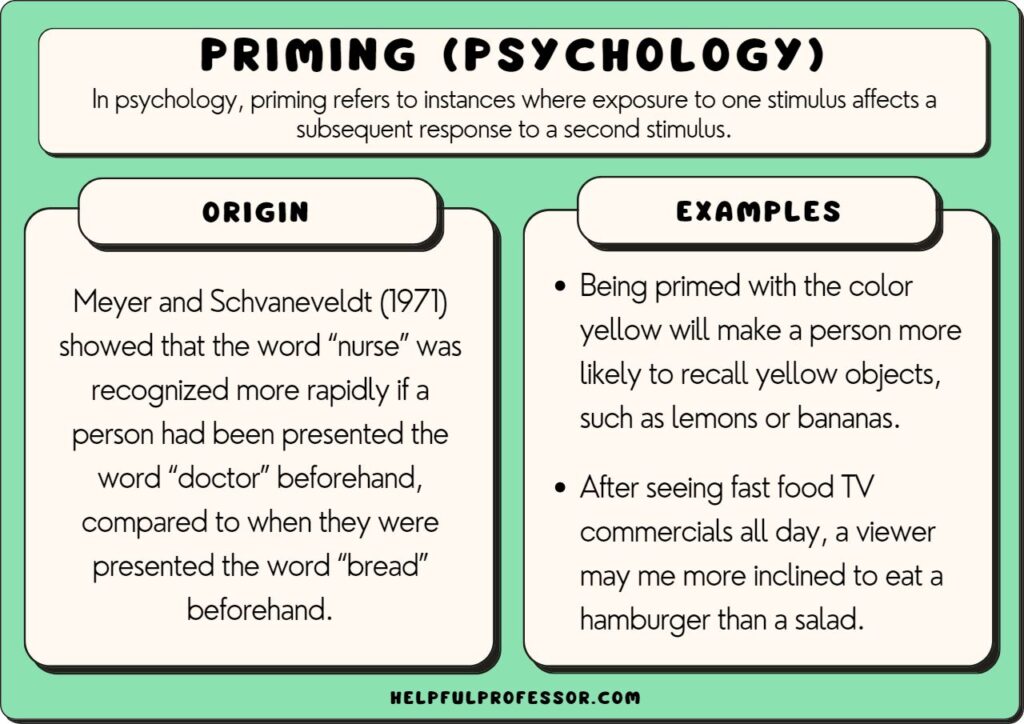The Impact of Media Violence on Aggressive Behavior
The media is a powerful tool that can have a significant impact on our thoughts, feelings, and behaviors. In recent years, there has been growing concern about the role of media violence in promoting real-world violence.
There is a large body of research that suggests that exposure to media violence can lead to an increase in aggressive behavior. This research has been conducted with children, adolescents, and adults, and it has been found that exposure to media violence can lead to both short-term and long-term increases in aggression.
There are a number of mechanisms through which media violence can promote aggression. One mechanism is through social learning. When we see violence in the media, we learn that violence is a way to solve problems and get what we want. This can lead to us imitating the violence we see in the media, or to us becoming more desensitized to violence, which can make us more likely to act aggressively ourselves.
Another mechanism through which media violence can promote aggression is through desensitization. When we are repeatedly exposed to violence, we become less and less sensitive to it. This means that we may not feel as much empathy for victims of violence, and we may be more likely to view violence as an acceptable way to solve problems.
In addition to social learning and desensitization, media violence can also promote aggression through priming. Priming is a process whereby exposure to one stimulus can make us more likely to respond to another stimulus. For example, if we are exposed to violent imagery, we may be more likely to interpret ambiguous situations as being threatening, which can lead to us acting aggressively.
The research on the effects of media violence is clear: exposure to media violence can lead to an increase in aggressive behavior. This is a serious public health concern, and it is important that we take steps to reduce children's exposure to media violence.
There are a number of things that can be done to reduce children's exposure to media violence. Parents can talk to their children about the dangers of media violence, and they can help their children to choose media that is violence-free. Parents can also limit the amount of time that their children spend watching television, playing video games, and using other forms of electronic media.
In addition to parental involvement, there are a number of other things that can be done to reduce children's exposure to media violence. The media industry can develop and promote violence-free content. Governments can regulate the amount of violence that is allowed in the media. And educators can teach children about the dangers of media violence and how to make healthy media choices.
By taking these steps, we can help to reduce the risk of media violence promoting real-world violence. This is an important public health goal, and it is one that we can all work towards.
Instances where Media instigate violence
- The Columbine High School shooting: In 1999, two students at Columbine High School in Colorado killed 13 people and injured 24 others. The shooters were both fans of violent video games, and they had reportedly planned their attack in detail, based on the actions of characters in video games.

- The Sandy Hook Elementary School shooting: In 2012, a 20-year-old man killed 20 children and 6 adults at Sandy Hook Elementary School in Connecticut. The shooter had reportedly been a fan of violent movies and video games, and he had also been diagnosed with mental health problems.

- The Aurora, Colorado movie theater shooting: In 2012, a man opened fire in a movie theater in Aurora, Colorado, killing 12 people and injuring 70 others. The shooter was reportedly a fan of violent movies, and he had reportedly planned his attack in detail, based on the actions of characters in movies.

These are just a few examples of the many cases where media violence has been linked to real-world violence. It is important to note that not all people who are exposed to media violence will become violent. However, the research suggests that exposure to media violence can increase the risk of aggressive behavior, especially in children and adolescents.
In addition to these specific cases, there is also a broader trend of increasing violence in the media. This trend is evident in movies, television shows, video games, and even news coverage. As the amount of violence in the media increases, so too does the risk of real-world violence.
It is important to be aware of the potential dangers of media violence, and to take steps to reduce children's exposure to it. Parents can talk to their children about the dangers of media violence, and they can help their children to choose media that is violence-free. Parents can also limit the amount of time that their children spend watching television, playing video games, and using other forms of electronic media.



































